Mouse Anti-MDM2 scFv-Fc Chimera (VS-0625-FY8)
CAT#: VS-0625-FY8
This anti-MDM2 scFv-FC is an innovative recombinant fusion protein, meticulously developed through a cutting-edge in vitro selection process combining mRNA display and a microfluidic system. This advanced methodology enabled the isolation of this single-chain variable fragment (scFv) with remarkably high affinity and specificity for human MDM2, a critical negative regulator of the p53 tumor suppressor. Isolated after just one round of selection from a naive mouse scFv library, its development showcases ultra-high enrichment efficiency. By specifically binding to MDM2, the scFv interferes with MDM2's ubiquitination and degradation of p53, thereby stabilizing p53 and potentially restoring its vital tumor-suppressing functions. The inclusion of a mouse IgG1 Fc domain further enhances its therapeutic potential.













Specifications
- Immunogen
- The human MDM2 protein.
- Host Species
- Mouse
- Type
- Mouse IgG1, scFv-Fc
- Specificity
- Human MDM2
- Species Reactivity
- Human
- Applications
- ELISA, Western Blot
- Related Disease
- Cancer
Product Property
- Purity
- >95% as determined by SDS-PAGE
- Concentration
- Please refer to the vial label for the specific concentration.
- Storage
- Centrifuge briefly prior to opening vial. Store at +4°C short term (1-2 weeks). Aliquot and store at -20°C long term. Avoid repeated freeze/thaw cycles.
- Shipping
- Ice packs
Applications
- Application Notes
- The optimal dilution concentration is determined by the experiment.
Target
- Alternative Names
- MDM2 Proto-Oncogene; MDM2 Proto-Oncogene, E3 Ubiquitin Protein Ligase; Oncoprotein Mdm2; Hdm2; Mdm2, Transformed 3T3 Cell Double Minute 2, P53 Binding Protein (Mouse); Mdm2, Transformed 3T3 Cell Double Minute 2, P53 Binding Protein; Mouse Double Minute 2, Human Homolog Of; P53-Binding Protein; Double Minute 2, Human Homolog Of; P53-Binding Protein; Mdm2, P53 E3 Ubiquitin Protein Ligase Homolog; MDM2 Oncogene, E3 Ubiquitin Protein Ligase
- Gene ID
- 4193
- UniProt ID
- Q00987
- Long Name
- MDM2 Proto-Oncogene
- Sequence Similarities
- Belongs to the MDM2/MDM4 family.
- Cellular Localization
- Nucleus, nucleoplasm; Cytoplasm; Nucleus
- Post Translation Modifications
- Phosphorylation on Ser-166 by SGK1 activates ubiquitination of p53/TP53.
Phosphorylated at multiple sites near the RING domain by ATM upon DNA damage; this prevents oligomerization and E3 ligase processivity and impedes constitutive p53/TP53 degradation.
- Protein Refseq
- XP_047284809.1; XP_054228034.1; XP_054228035.1; NP_001138809.1; NP_001138811.1
- Function
- E3 ubiquitin-protein ligase that mediates ubiquitination of p53/TP53, leading to its degradation by the proteasome (PubMed:29681526).
Inhibits p53/TP53- and p73/TP73-mediated cell cycle arrest and apoptosis by binding its transcriptional activation domain.
Also acts as a ubiquitin ligase E3 toward itself and ARRB1.
Permits the nuclear export of p53/TP53.
Customer Review
There are currently no Customer reviews or questions for VS-0625-FY8. Click the button above to contact us or submit your feedback about this product.
Submit Your Publication
Published with our product? Submit your paper and receive a 10% discount on your next order! Share your research to earn exclusive rewards.
Related Diseases
Related Signaling Pathways
Downloadable Resources
Download resources about recombinant antibody development and antibody engineering to boost your research.
Product Notes
This is a product of Creative Biolabs' Hi-Affi™ recombinant antibody portfolio, which has several benefits including:
• Increased sensitivity
• Confirmed specificity
• High repeatability
• Excellent batch-to-batch consistency
• Sustainable supply
• Animal-free production
See more details about Hi-Affi™ recombinant antibody benefits.
Datasheet
MSDS
COA
Certificate of Analysis LookupTo download a Certificate of Analysis, please enter a lot number in the search box below. Note: Certificate of Analysis not available for kit components.
See other products for "MDM2"
Select a product category from the dropdown menu below to view related products.
| CAT | Product Name | Application | Type |
|---|---|---|---|
| MOB-648 | Recombinant Anti-human MDM2 Antibody | ELISA, WB, IF, FuncS | IgG |
| ZG-0396U | Rabbit Anti-MDM2 Recombinant Antibody (clone E22-L) | IHC-P | Rabbit IgG |
| VS3-XY1056 | Mouse Anti-MDM2 Recombinant Antibody (clone 3G2) | WB, IP, IF, IHC | Mouse IgG1 |
| VS3-WK838 | Mouse Anti-MDM2 Recombinant Antibody (VS3-WK838) | WB | Mouse IgG |
| VS3-WK2178 | Rabbit Anti-MDM2 (pY394) Recombinant Antibody (VS3-WK2178) | WB, ELISA | Rabbit IgG |
| CAT | Product Name | Application | Type |
|---|---|---|---|
| MOB-648-F(E) | Recombinant Anti-human MDM2 Antibody Fab Fragment | WB, FACS, FuncS | Fab |
| MHH-648-F(E) | Recombinant Human Anti-human MDM2 Antibody Fab Fragment | ELISA, WB, FC, FuncS | Fab |
| CAT | Product Name | Application | Type |
|---|---|---|---|
| MOB-648-S(P) | Recombinant Anti-human MDM2 Antibody scFv Fragment | ELISA, WB, FuncS | scFv |
| MHH-648-S(P) | Recombinant Human Anti-human MDM2 Antibody scFv Fragment | ELISA, WB, FC, FuncS | scFv |
| CAT | Product Name | Application | Type |
|---|---|---|---|
| BRD-0353MZ | Chicken Anti-MDM2 Polyclonal IgY | WB | Chicken antibody |
| CAT | Product Name | Application | Type |
|---|---|---|---|
| MOR-4642 | Hi-Affi™ Recombinant Rabbit Anti-MDM2 Monoclonal Antibody (TH155DS) | WB, IF, ICC | IgG |
| CAT | Product Name | Application | Type |
|---|---|---|---|
| MHC-CN1420 | PE-A*02:01/Human MDM2 (LLGDLFGV) MHC Tetramer | FCM | |
| MHC-YF287 | A*02:01/Human MDM2 (LLGDLFGV) MHC Monomer | MHC Multimer |
| CAT | Product Name | Application | Type |
|---|---|---|---|
| VS-0525-XY4322 | Anti-MDM2 Immunohistochemistry Kit | IHC | |
| VS-0525-XY4323 | Anti-Human MDM2 Immunohistochemistry Kit | IHC |
Popular Products

Application: FC, Cyt, Stim, PP, Agonist

Application: ELISA, IP, FC, FuncS, Neut, IF, WB

Application: WB, ELISA, FC, IP, FuncS, IF, Neut

Application: FC, IP, ELISA, Neut, FuncS, IF, WB

Application: WB, FC, IP, ELISA, Neut, FuncS, IF

Application: IF, IP, Neut, FuncS, ELISA, FC, ICC

Application: WB, ELISA, FC, IP, FuncS, IF, Neut

Application: ELISA, IP, FC, FuncS, Neut, IF, ICC

Application: WB, ELISA, FC, IHC, IP

Application: ELISA, Inhib, FuncS

Application: IF, ICC, WB, IHC-P, IP
For research use only. Not intended for any clinical use. No products from Creative Biolabs may be resold, modified for resale or used to manufacture commercial products without prior written approval from Creative Biolabs.
This site is protected by reCAPTCHA and the Google Privacy Policy and Terms of Service apply.
















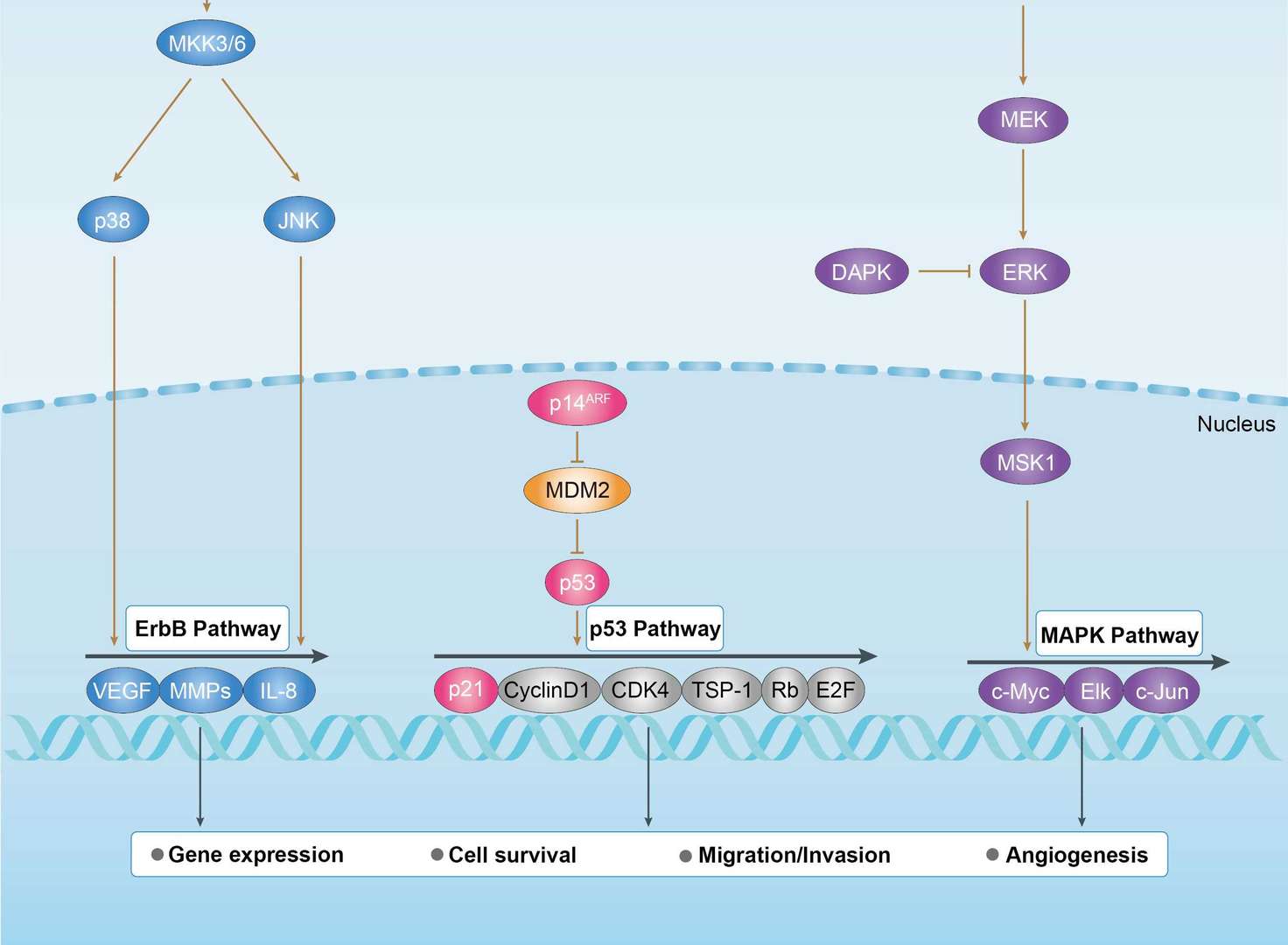 Bladder Cancer
Bladder Cancer
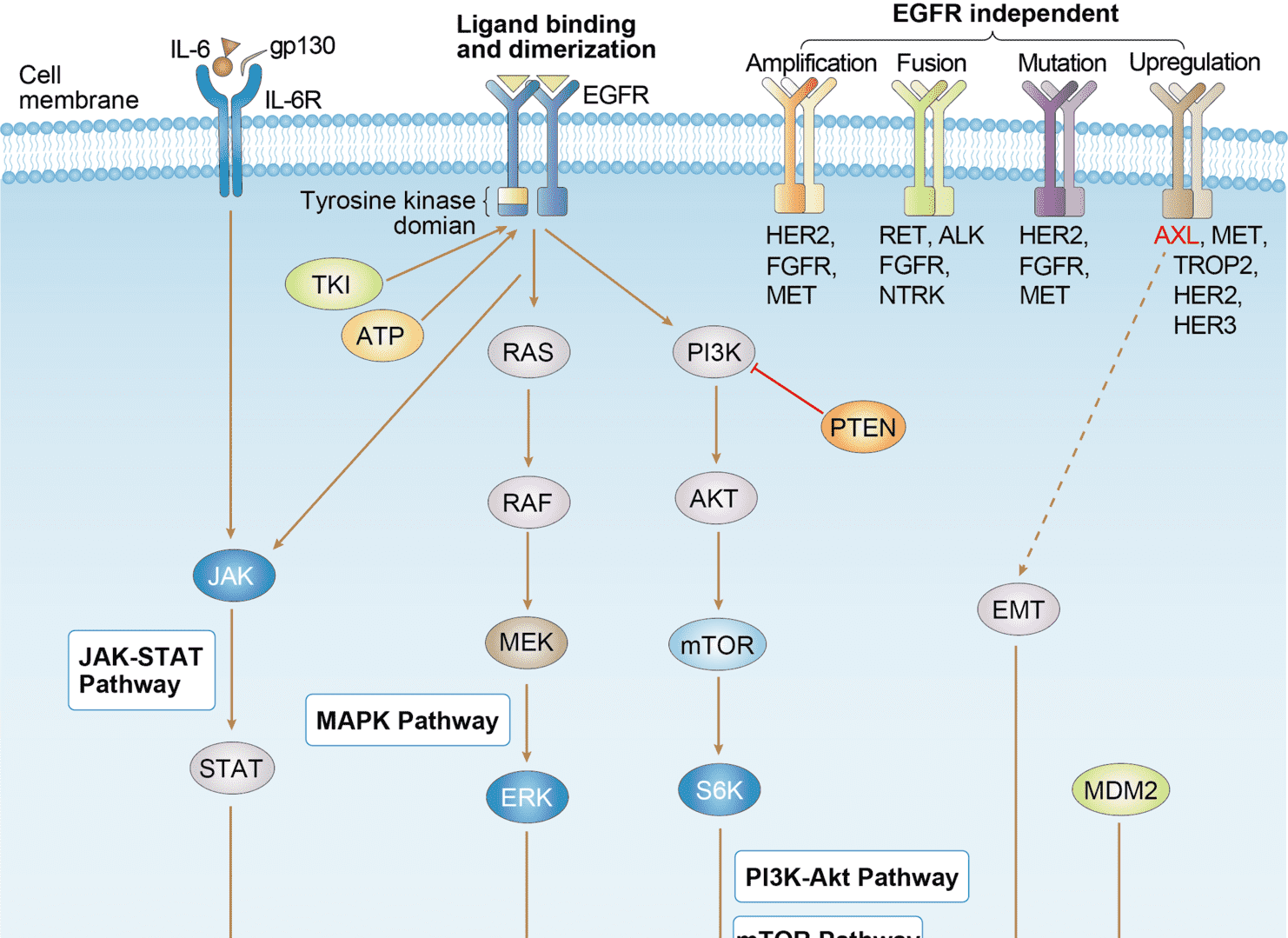 EGFR Tyrosine Kinase Inhibitor Resistance
EGFR Tyrosine Kinase Inhibitor Resistance
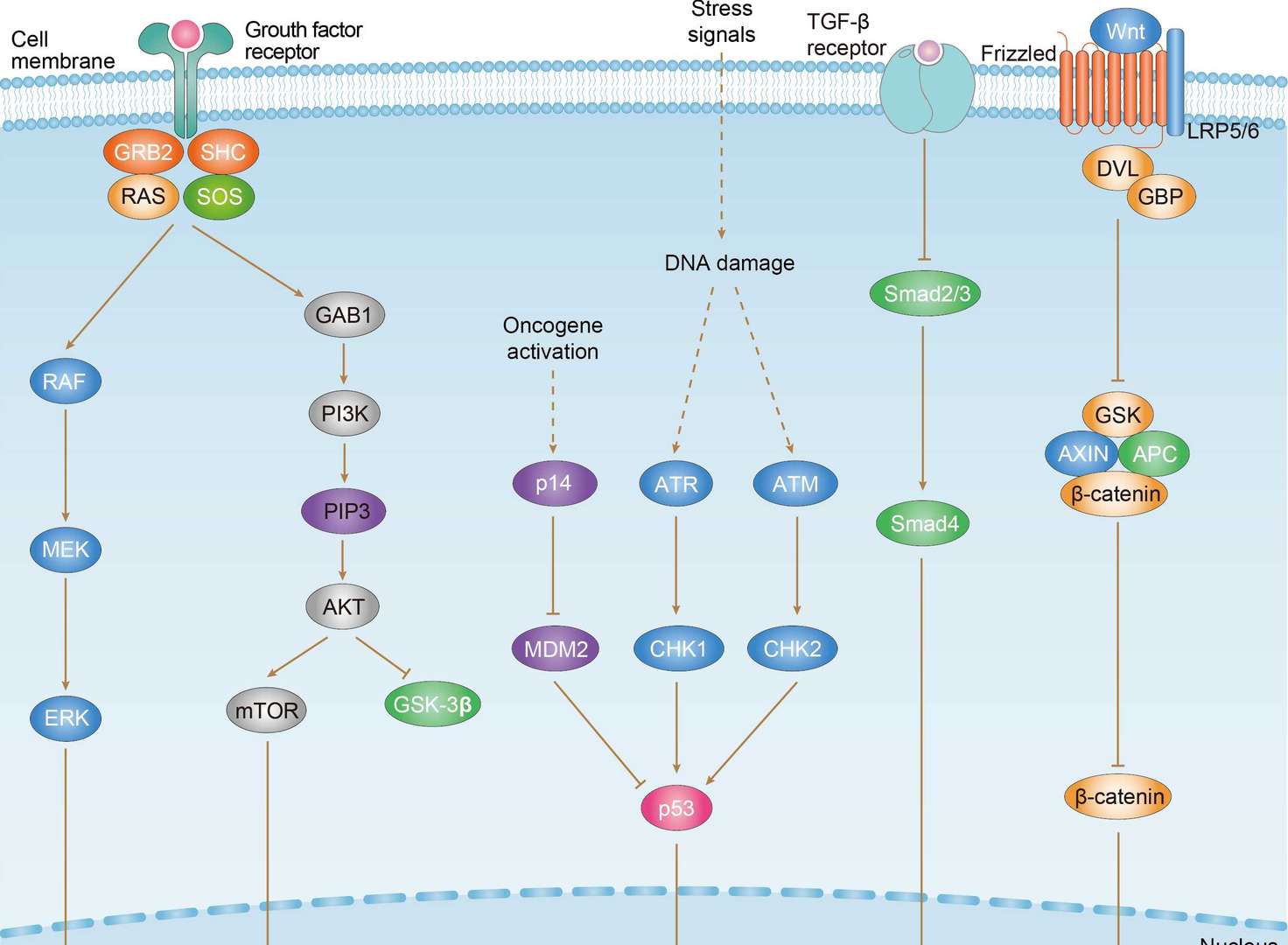 Gastric Cancer
Gastric Cancer
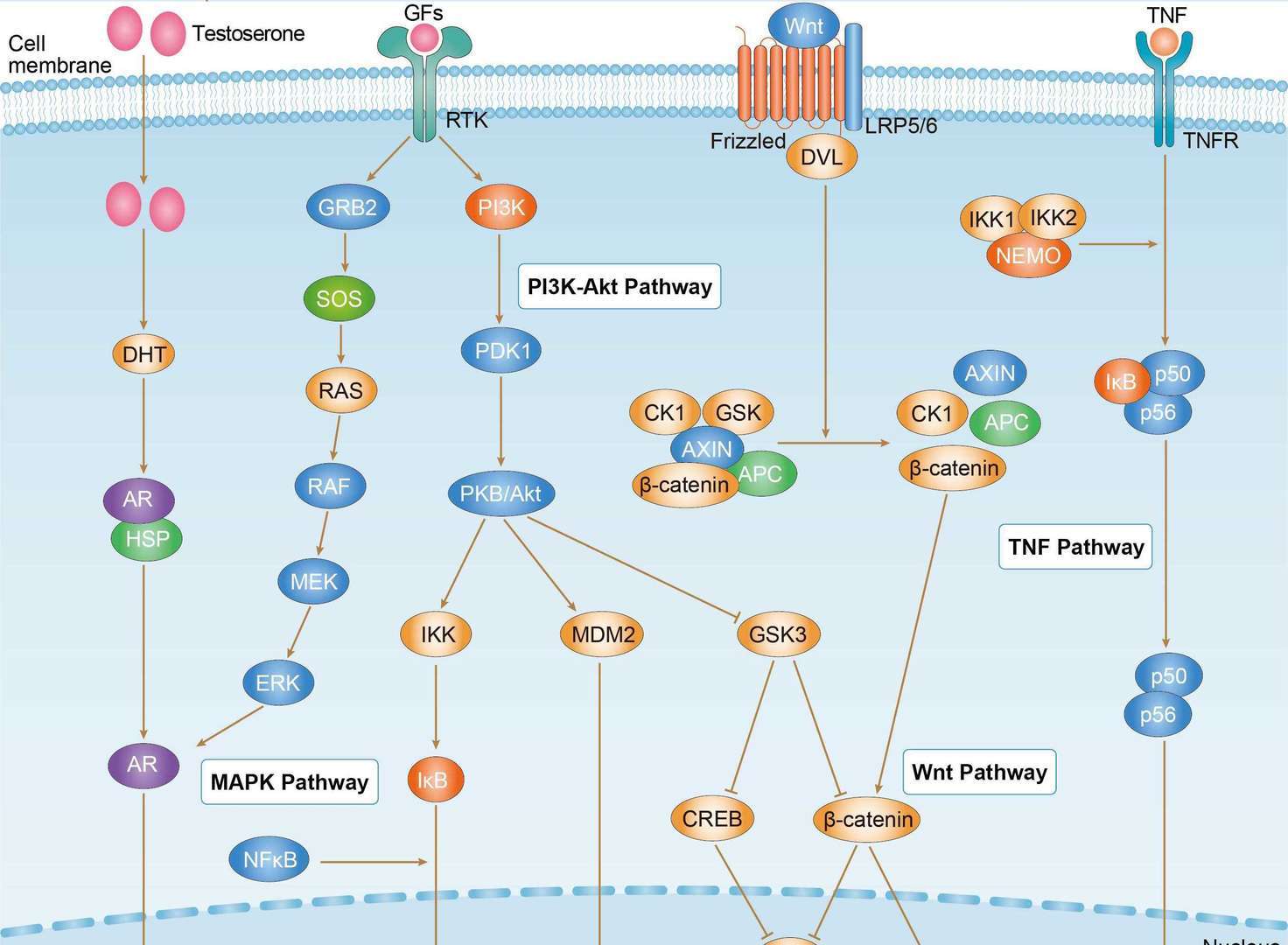 Prostate Cancer
Prostate Cancer
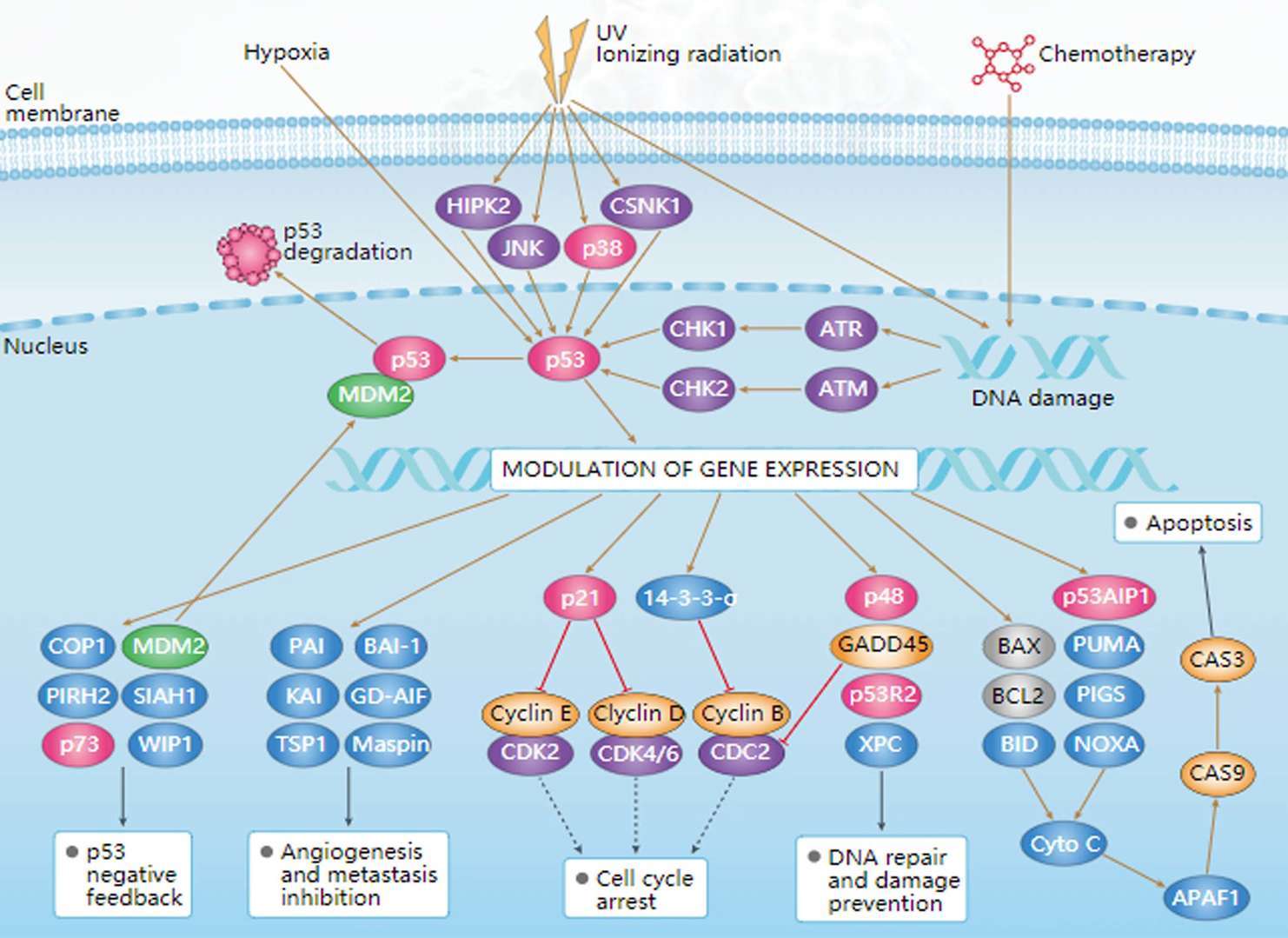 p53 Signaling Pathway
p53 Signaling Pathway













